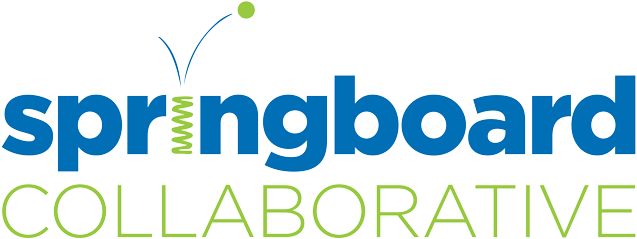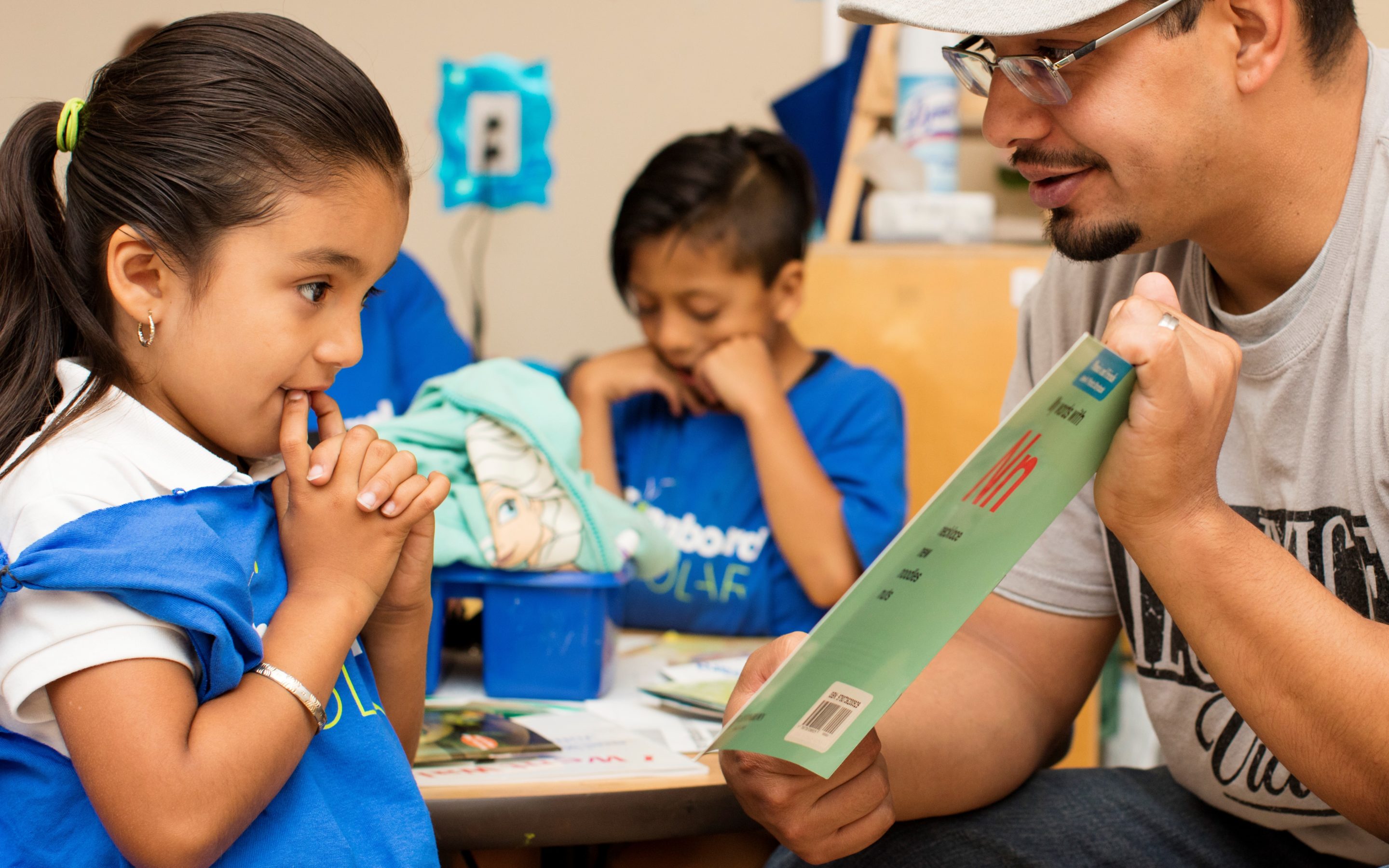Earlier this month, the New York Times published an article lamenting the sorry state of America’s education system. Indeed, the findings are dire:
“The performance of American teenagers in reading and math has been stagnant since 2000… despite a decades-long effort to raise standards and help students compete with peers across the globe. And the achievement gap in reading between high and low performers is widening.”
Though a compelling wake-up call, the article stops short of diagnosing root causes and offering solutions. William G. McCallum, a mathematician and one of the lead writers of the Common Core State Standards, makes the suggestion to essentially try more of the same: “rigorous standards, quality classroom materials, and effective teacher training.” (Sound familiar?) However, McCallum speaks with more resignation than conviction:
“‘Frustration is understandable,’ he said of low test results. But, he added, ‘Maybe this is just a really hard problem.’”
Daniel Koretz, an expert on testing and a professor at the Harvard Graduate School of Education, drew the obvious conclusion: “It’s really time to rethink the entire drift of policy reform because it just isn’t working.”
As practitioners in the field, we would like to offer a more nuanced diagnosis of the problem as well as the simple solution that our sector seems to have overlooked for decades:
That parents’ love for their children is the single greatest—and most underutilized—natural resource in education.
Children spend 75% of their waking hours outside the classroom, yet our nation does shockingly little to capture educational value from this time in marginalized communities. Picture a child’s time as an orange. Their classroom experience—just 25% of waking hours—is a wedge from which the education sector is fixated on squeezing more juice. We are interested in helping schools juice the rest of the orange, dramatically improving outcomes by harnessing the untapped potential within families.
Low-income parents—often perceived as liabilities rather than as assets—have not been equipped with the tools to support instruction at home. Teachers are similarly ill-prepared to forge relationships with parents due to minimal pre-service training in this area. With limited access to learning time outside of the classroom, children in these communities make slow academic progress during the school year and experience chronic regressions over the summer.
Over the last decade, college-educated parents have quadrupled their investment of time and money in their children; meanwhile, parents without a college degree have only modestly increased their investment. Richard Reeves describes this as a “parenting gap” that leads to a vicious cycle of intergenerational wealth inequality and economic immobility. Relatedly, Harvard University economist Raj Chetty’s research has found that the best predictor of a child’s educational success is not the quality of their school but, rather, their parents’ income.
As much as American society wishes school improvement were the solution to the opportunity gap, it simply isn’t enough.
The data bears this out. Fourth-grade literacy rates in the U.S. have not budged in 25 years—and the achievement gap is widening—despite billions invested in classroom intervention. It is time for the American education system to bet big on family engagement.
Where others see a challenge, Springboard Collaborative sees an opportunity. The problem can be solved by better leveraging the people and assets already in school communities. Teachers and parents have a common purpose and complementary skill-sets.
Teachers are the experts on instruction.
They know what their students need to make progress, yet the classroom setting makes it difficult to individually support every child.
Parents are the experts on their children.
Whereas teachers change annually, parents accumulate a wealth of knowledge about their children as learners. Moreover, they are uniquely positioned to read with their children in a one-on-one setting. There is no smaller classroom than a family’s living room, and there is no better way to personalize instruction than through a parent. After all, what could be more personal that a parent and child sharing a book at bedtime?
These competencies form the basis for a sustainable partnership in which teachers share instructional strategies with parents in exchange for the commitment that families will use these strategies at home and return with meaningful observations. Low-income parents are, in fact, willing and able to teach. Research finds that parent-teacher partnerships built on relational trust improve student engagement, attendance, and achievement. This is not just a theoretical argument; we see it every day.
At Springboard Collaborative, we close the literacy gap by bridging the gap between home and school. We coach teachers and family members to help their kids read on grade-level. Across 13 urban districts serving nearly 10,000 low-income children, Springboard’s weekly family training workshops average 91% attendance. Parents learn how to be effective home literacy coaches, unlocking a world of one-on-one instruction that would be impossible to replicate in the classroom setting. For every hour that a teacher leads a family workshop, parents spend 25 hours tutoring their children at home. What’s more, families build habits that persist long after programming has ended—not just the habit of reading but also the habit of setting and achieving goals with their children. Of course, this has implications far beyond literacy. By training parents and teachers to collaborate, Springboard puts kids on a path that closes the reading achievement gap by fourth grade. In a nation where you can draw a straight line from fourth-grade reading scores to incarceration rates, this changes lives.
It took a long time for the education sector to embrace the idea that all children can learn. It is our collective ambition—and our charge—to prove that all parents can teach. Ultimately, we seek to catalyze a culture shift making parent-teacher collaboration the new normal in education. Winston Churchill famously said, “You can always count on the Americans to do the right thing… after they have tried everything else.”

